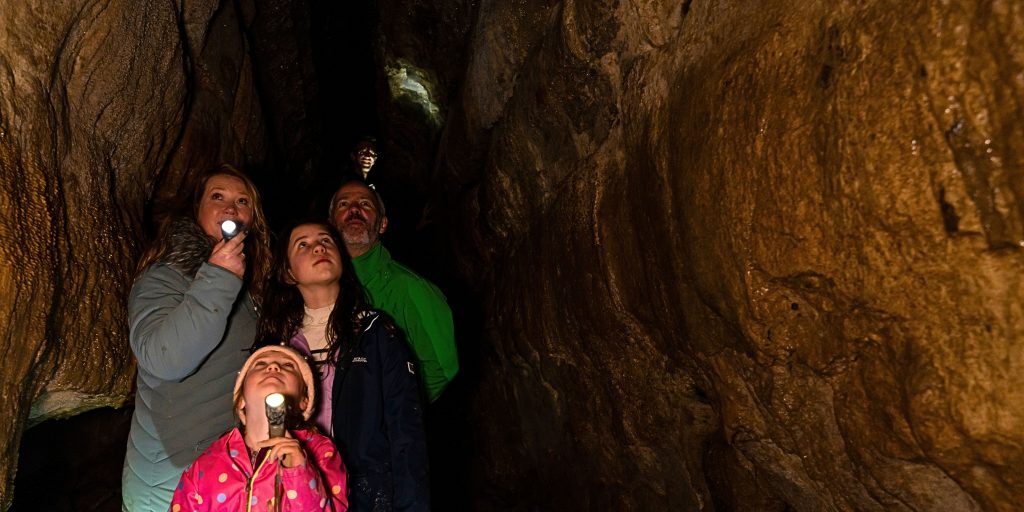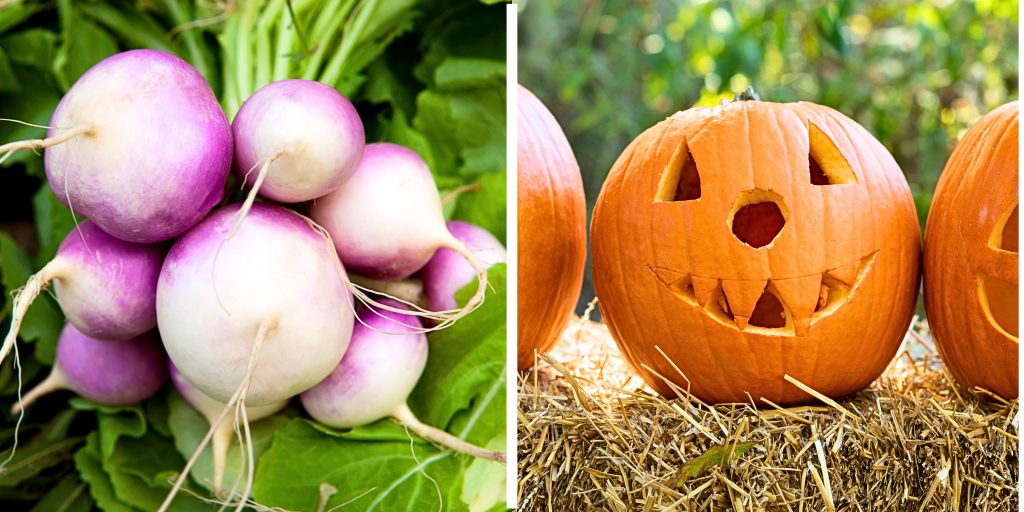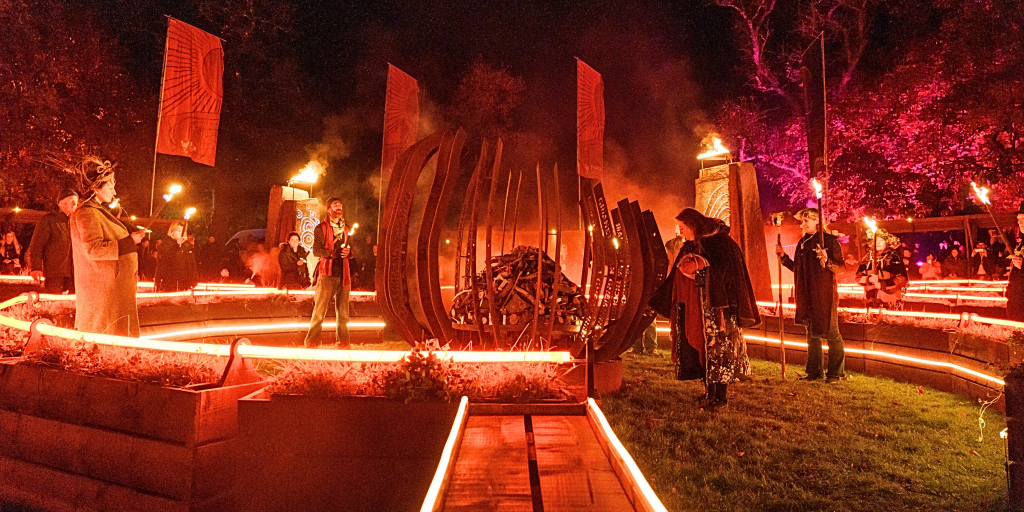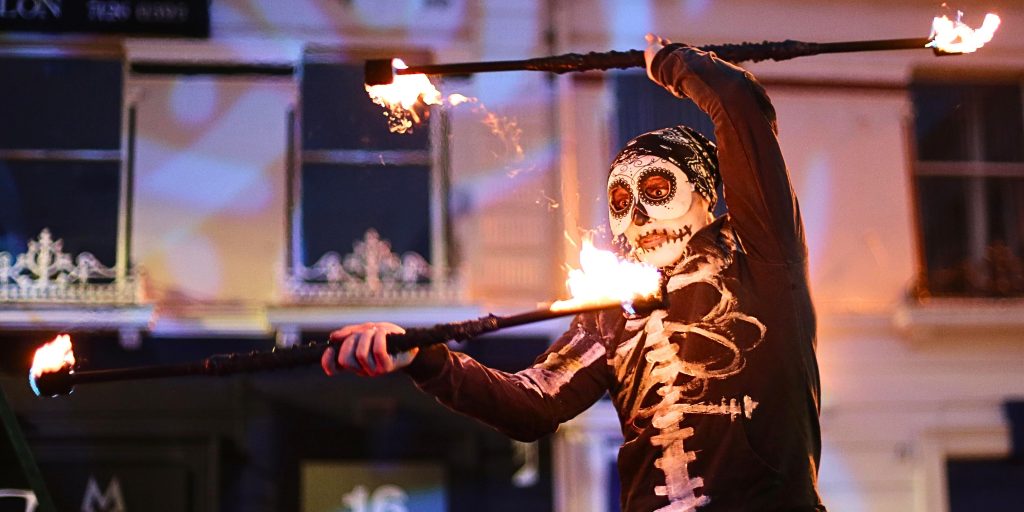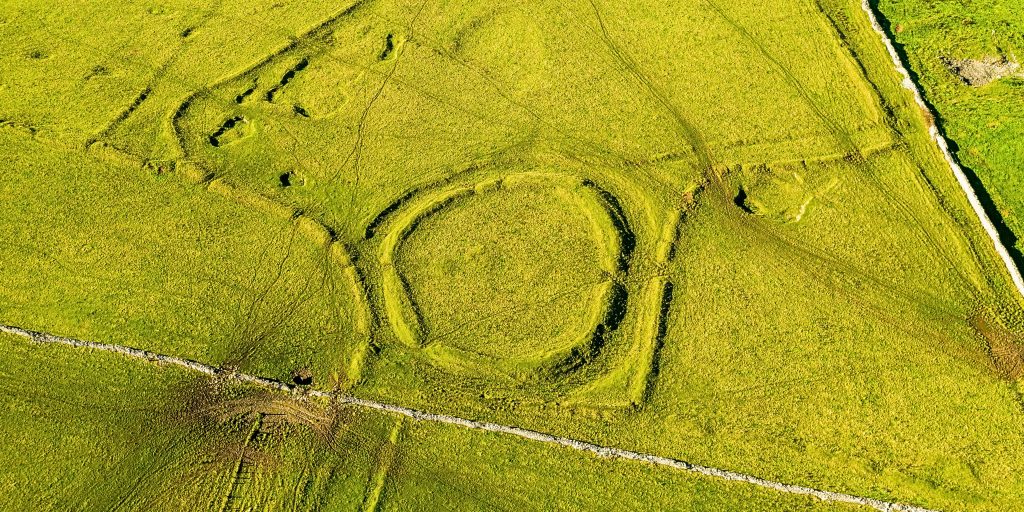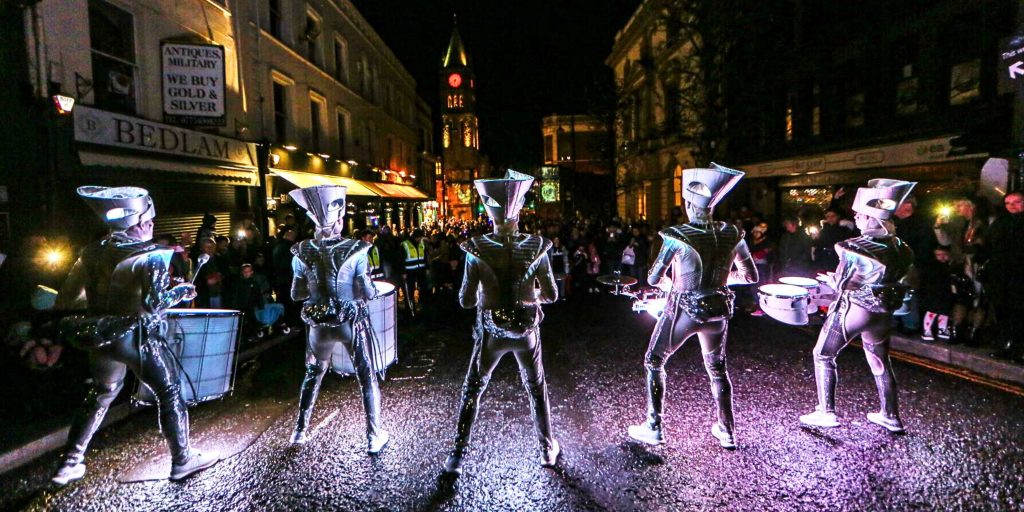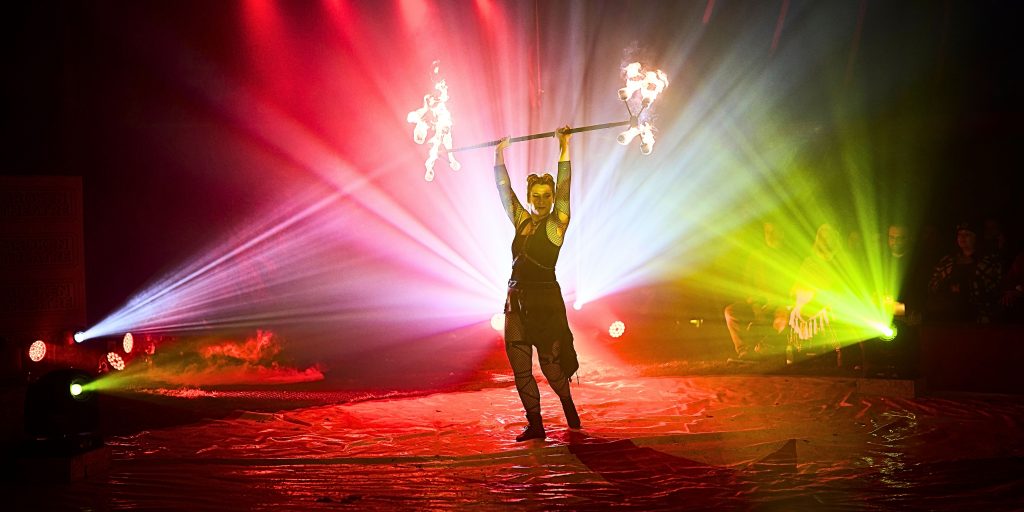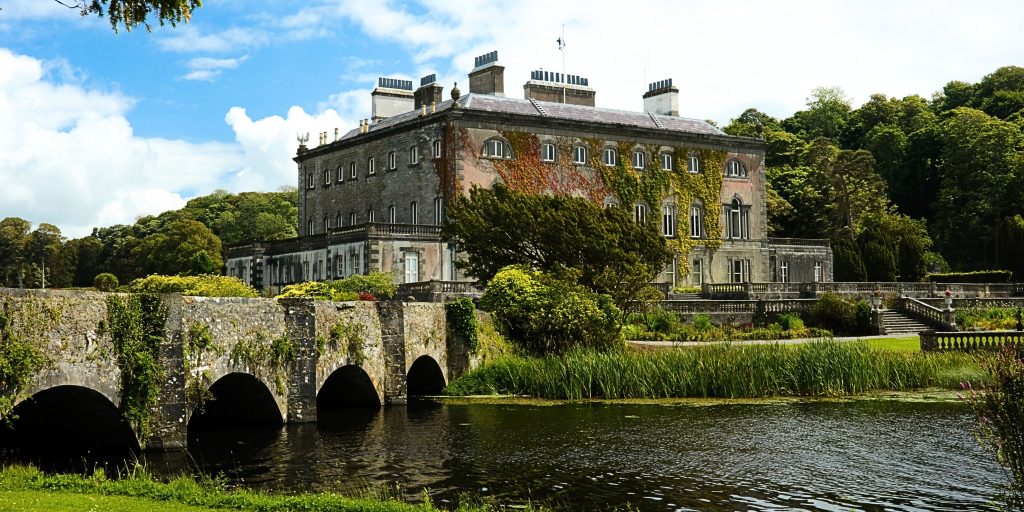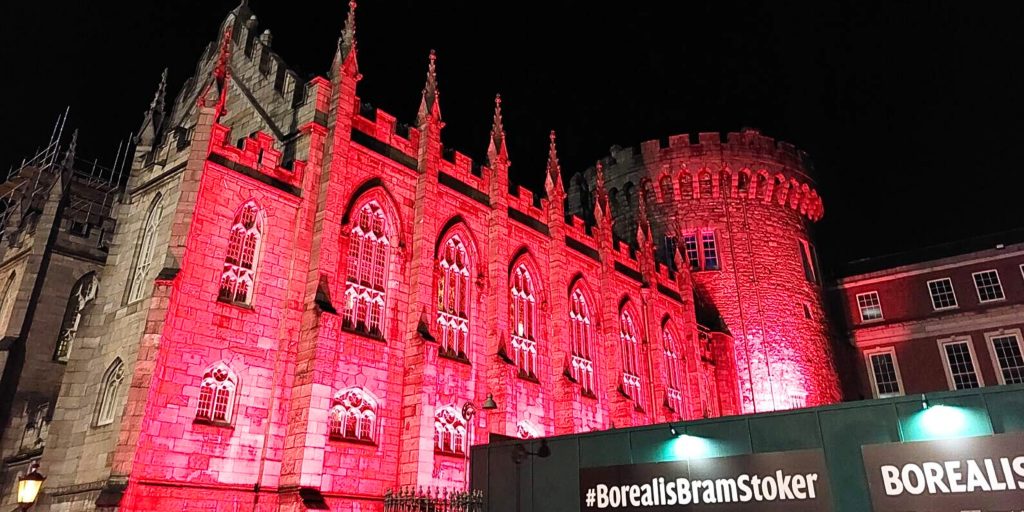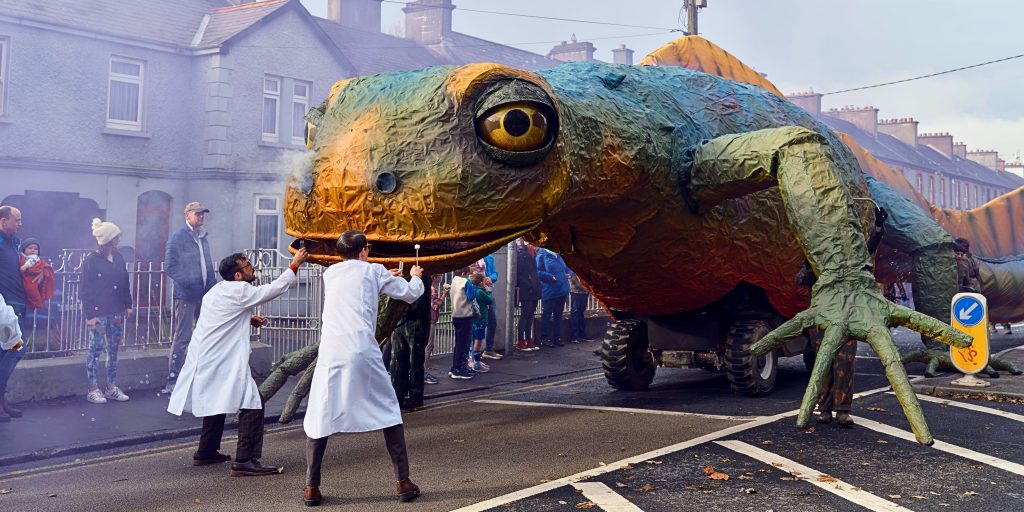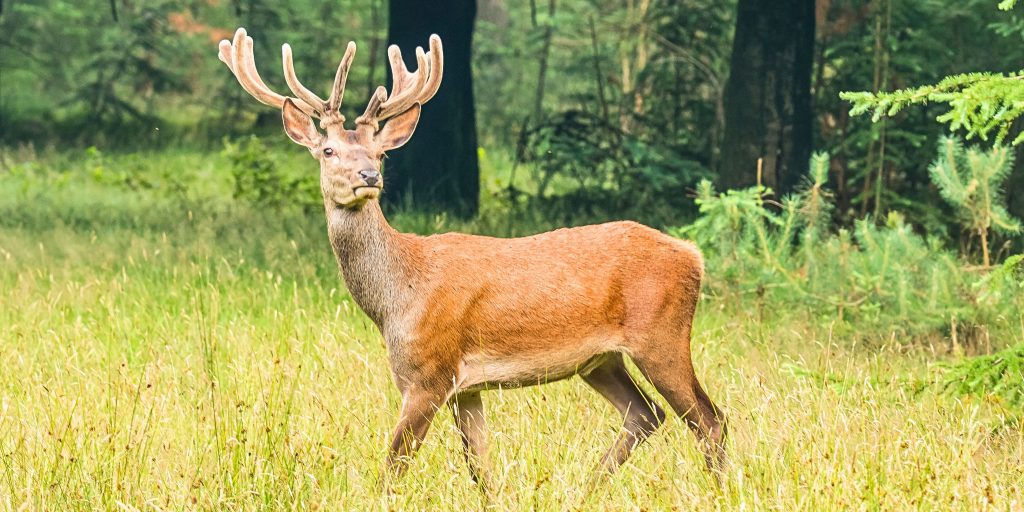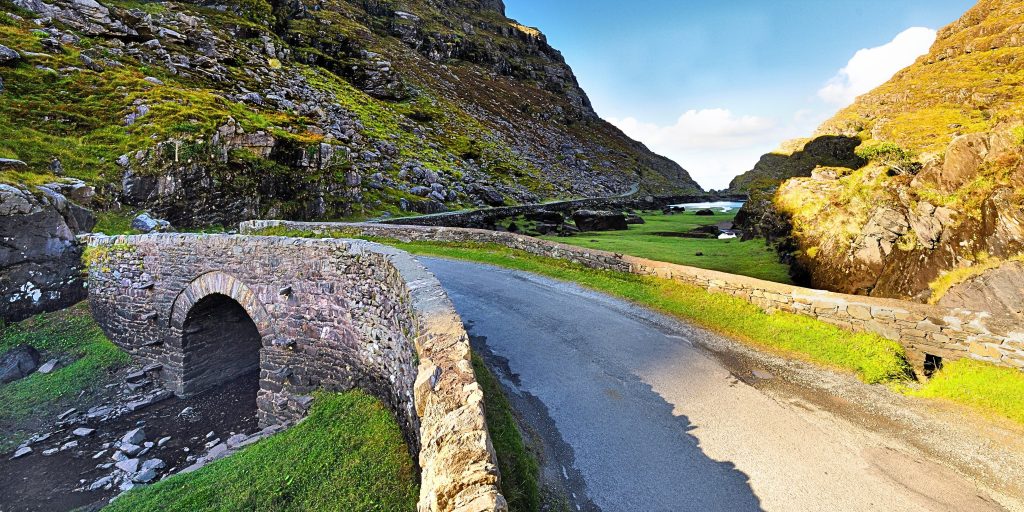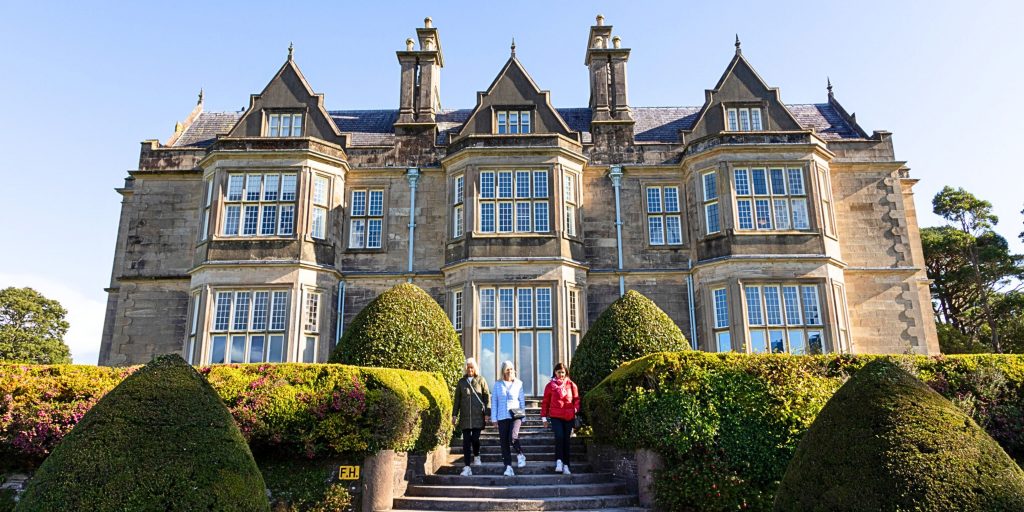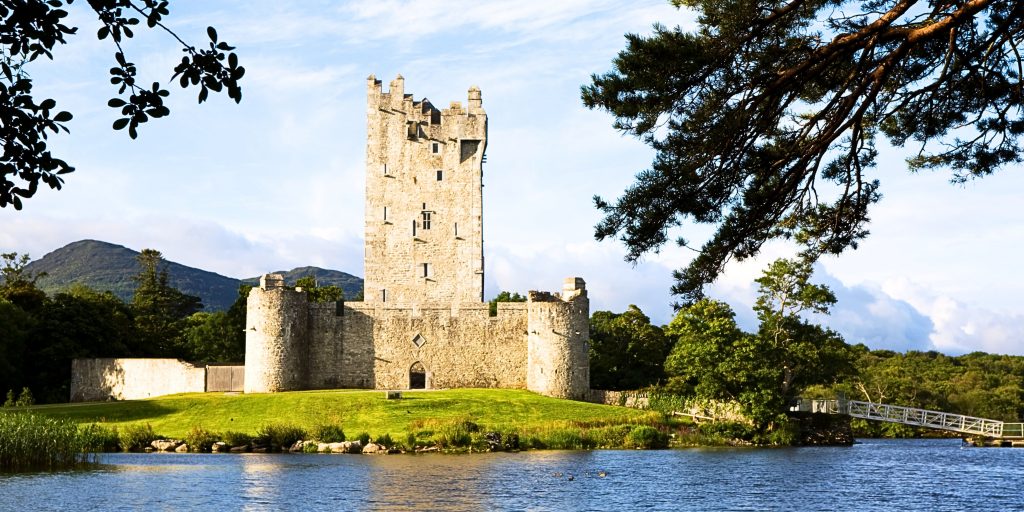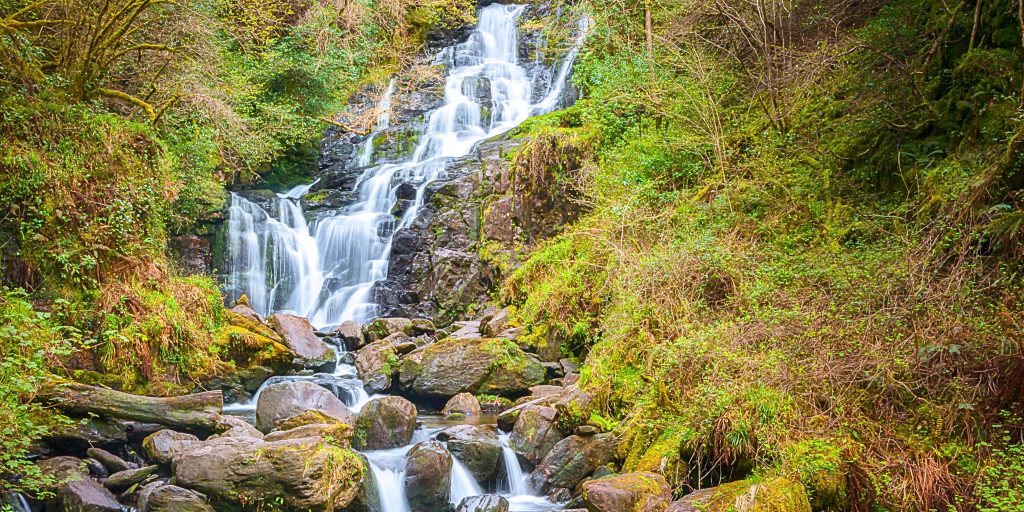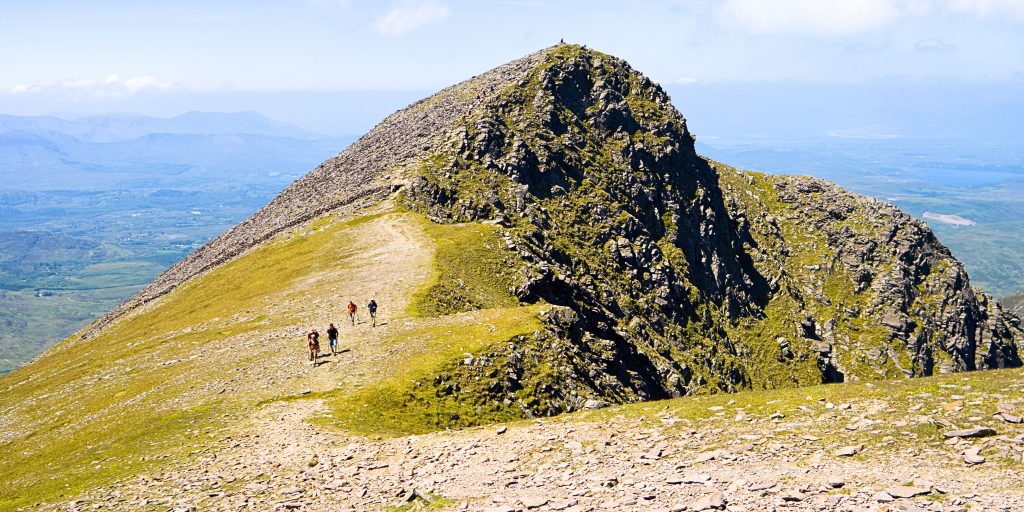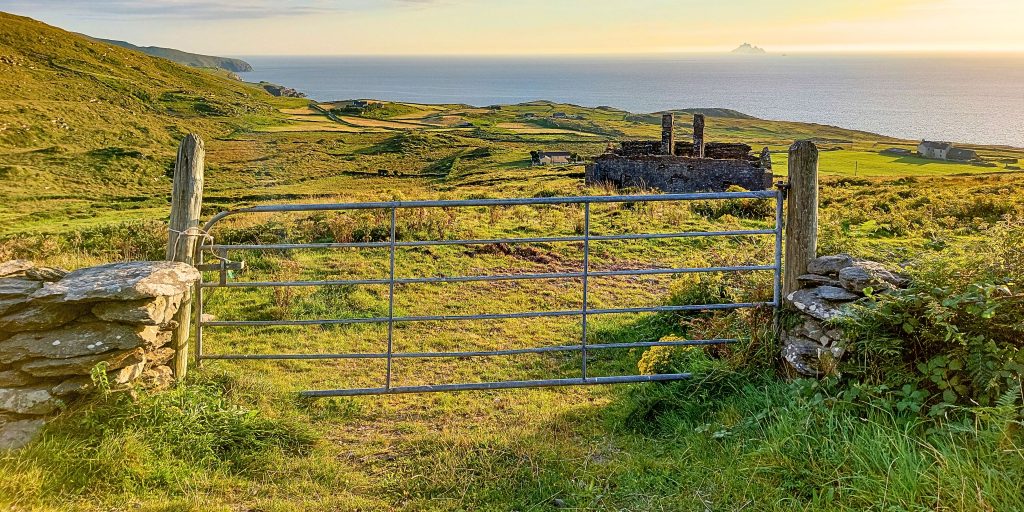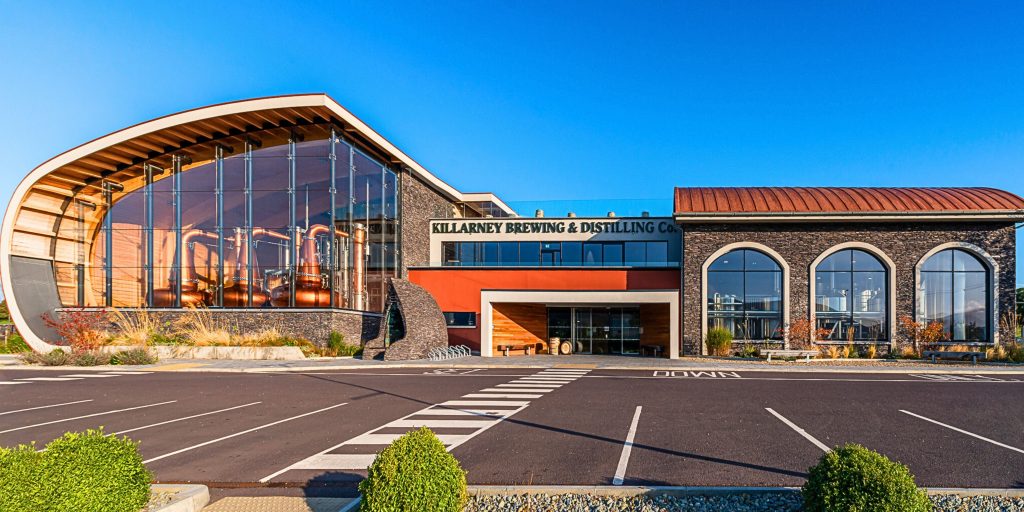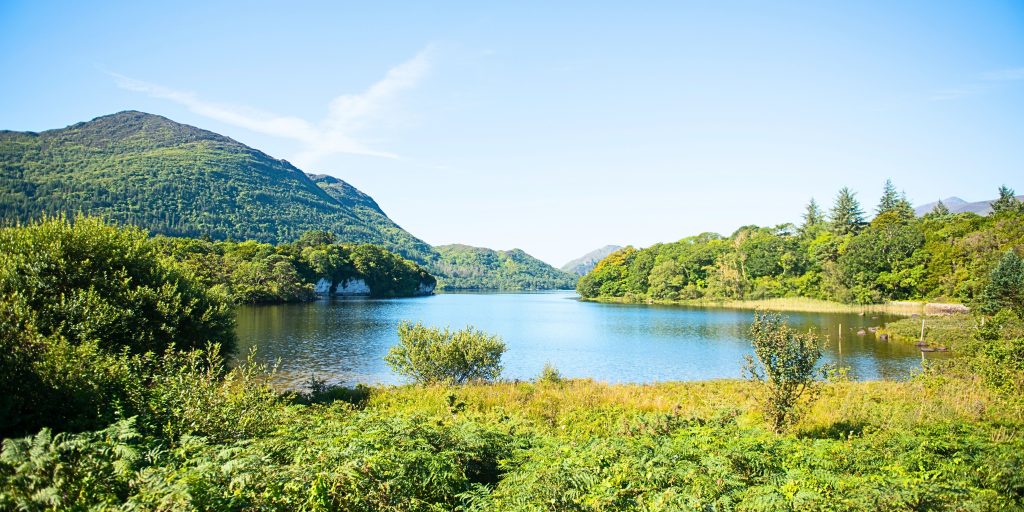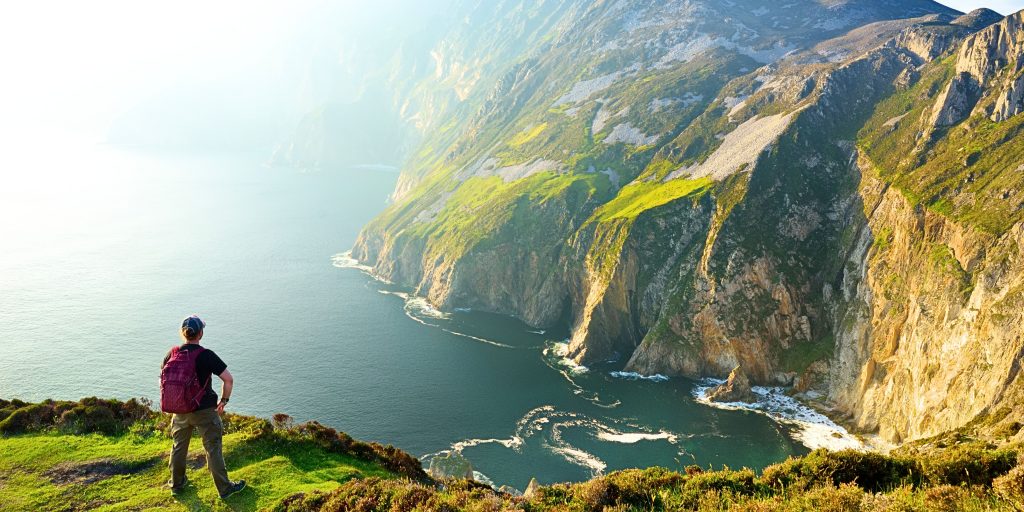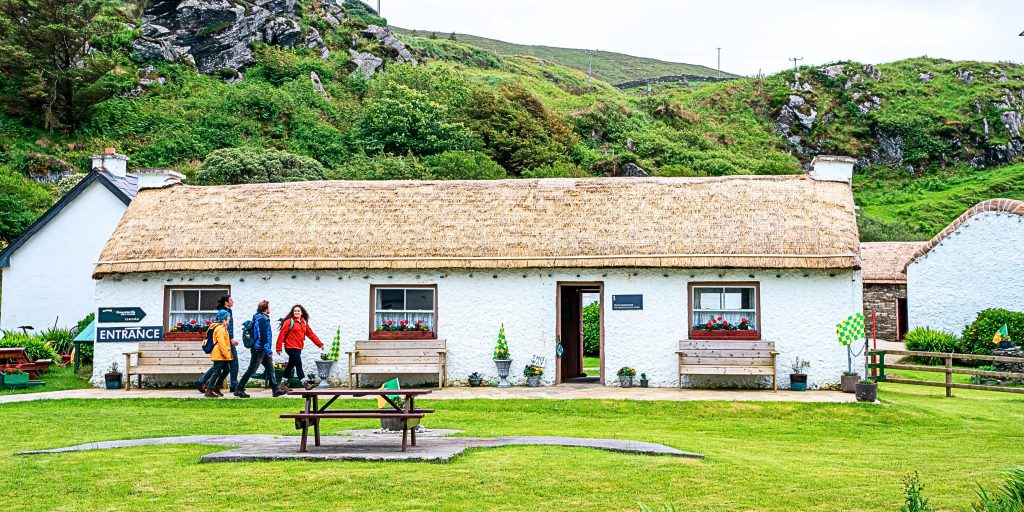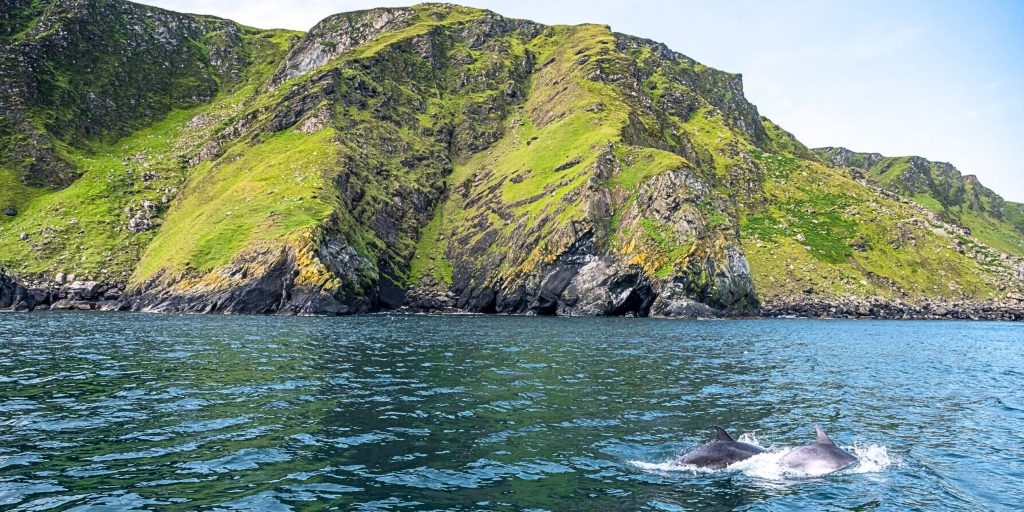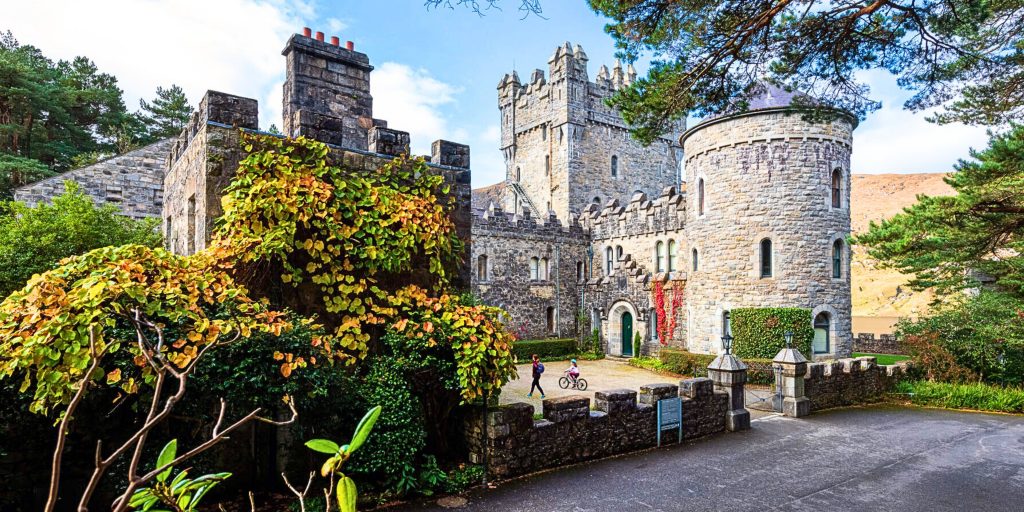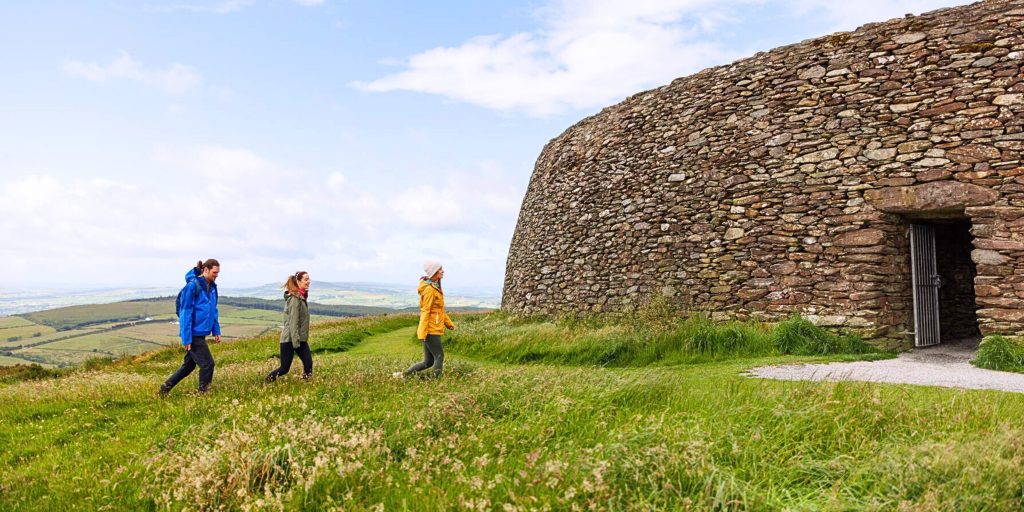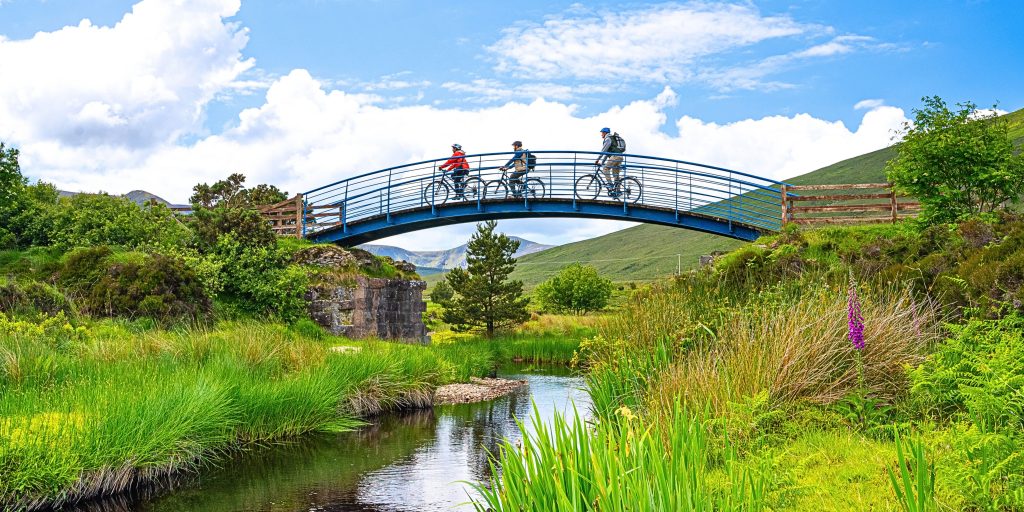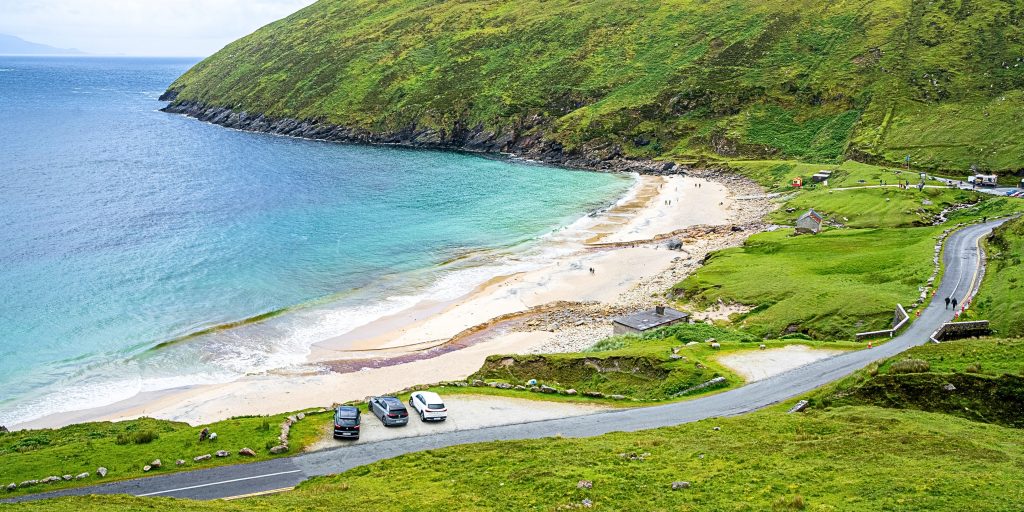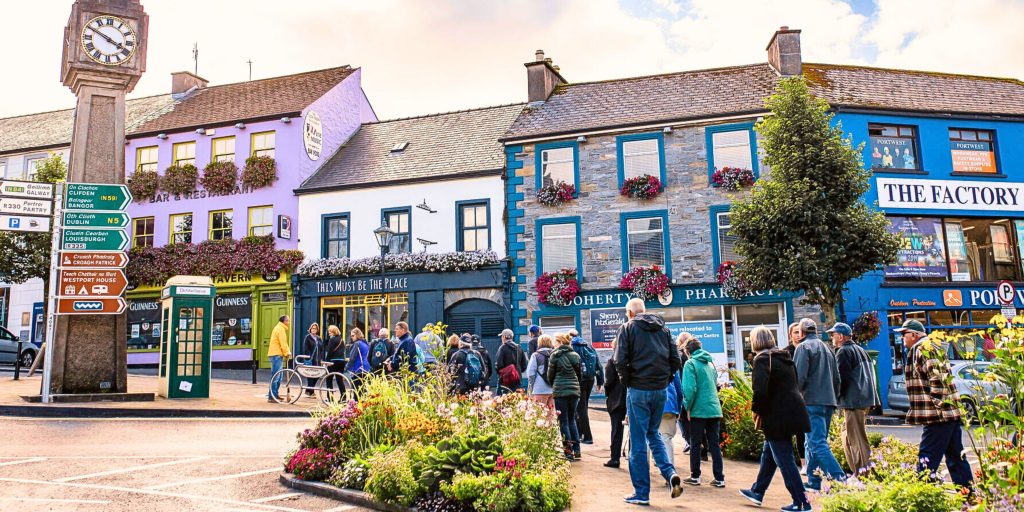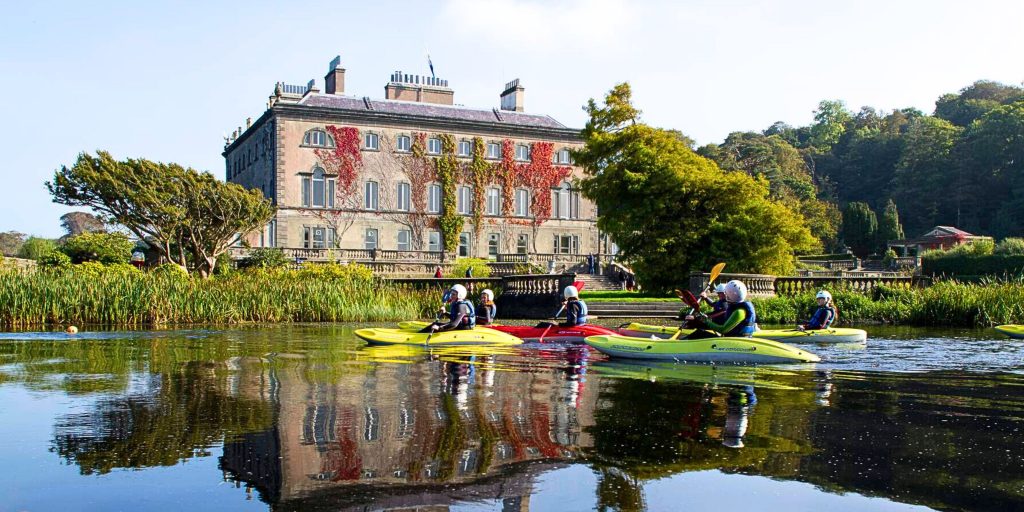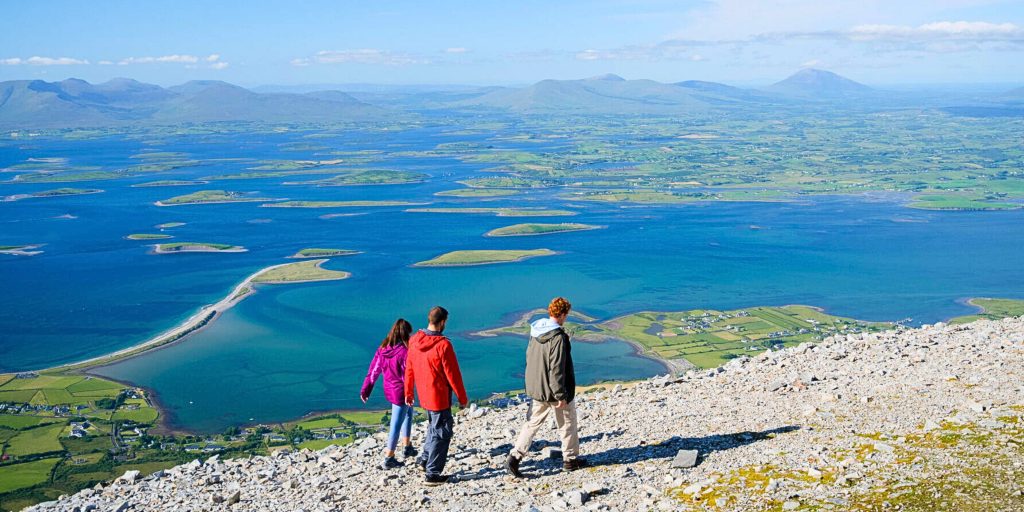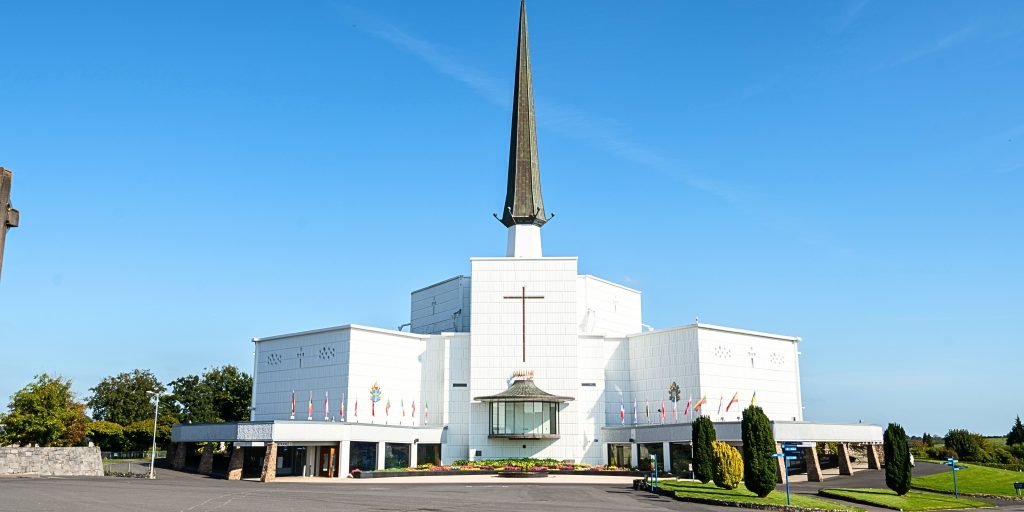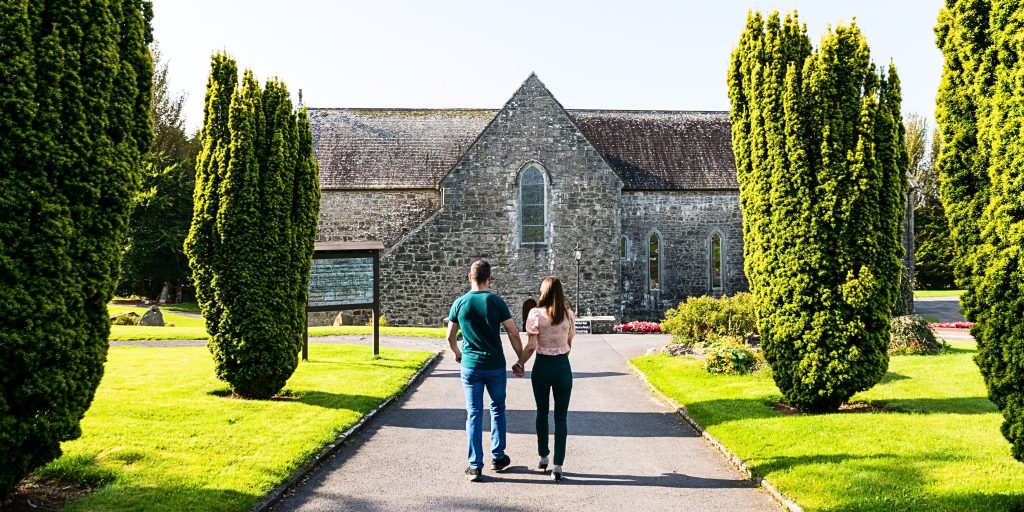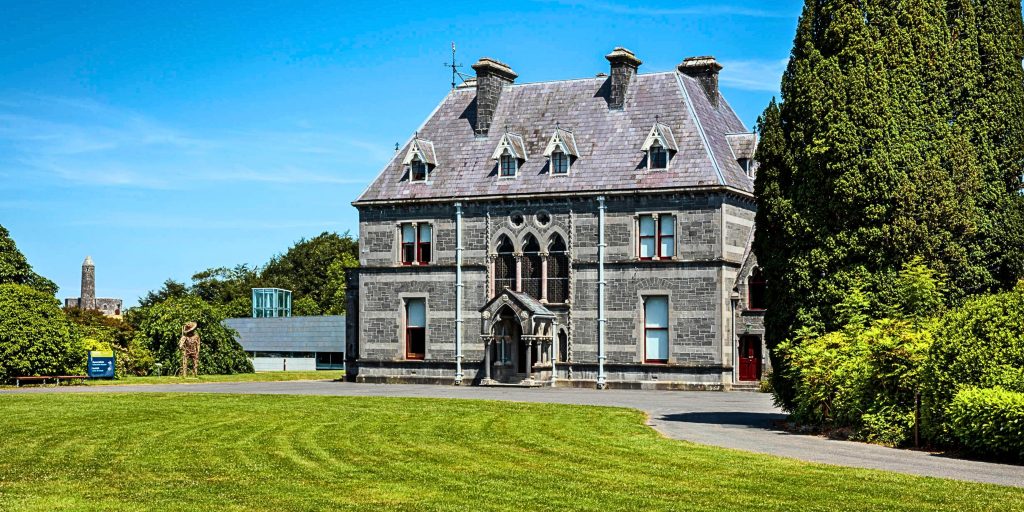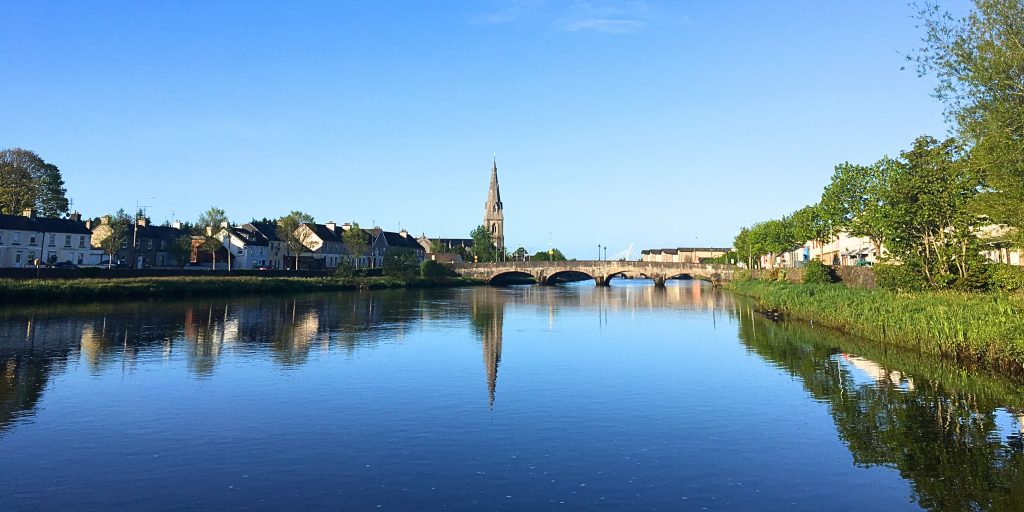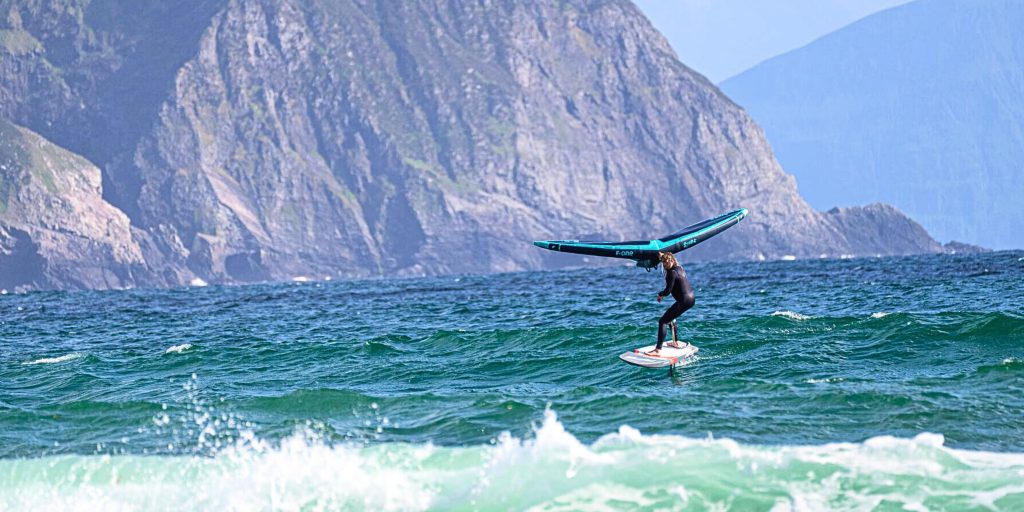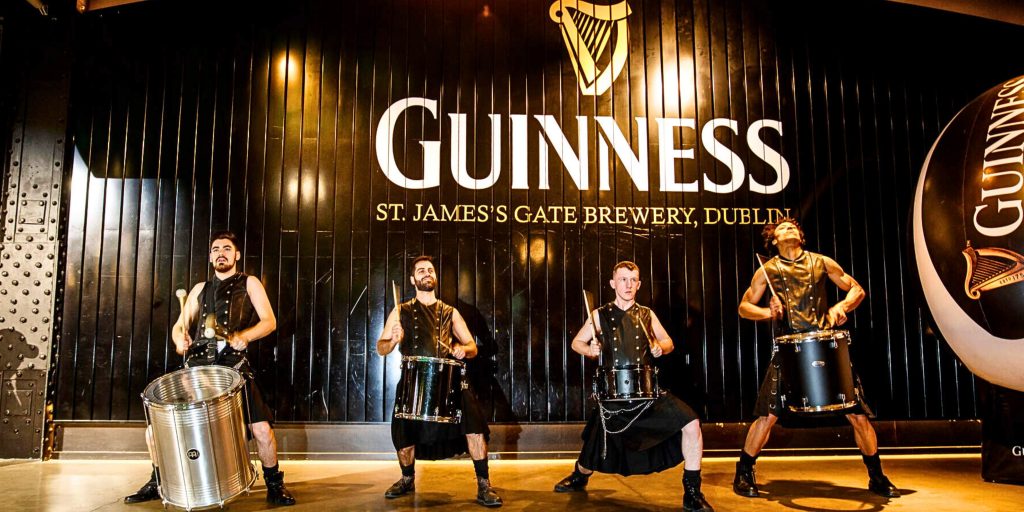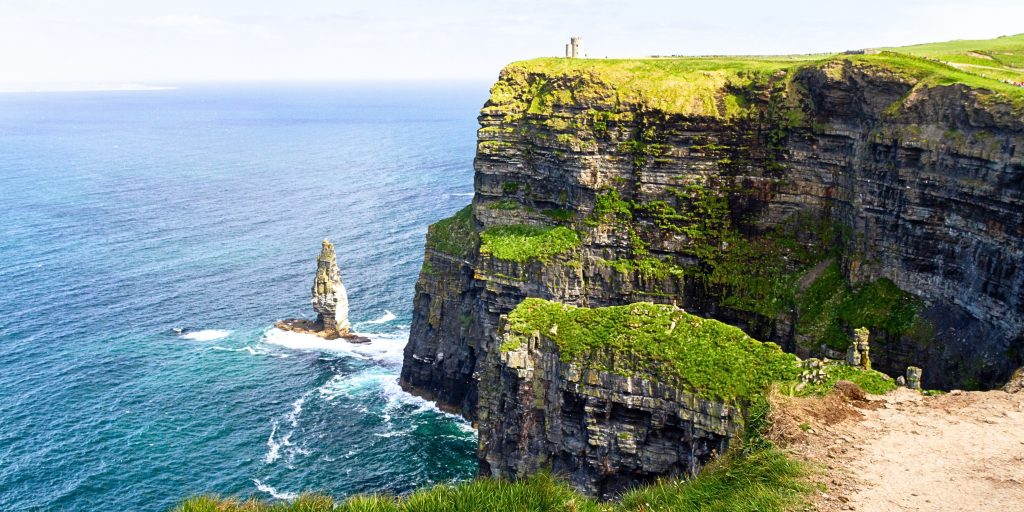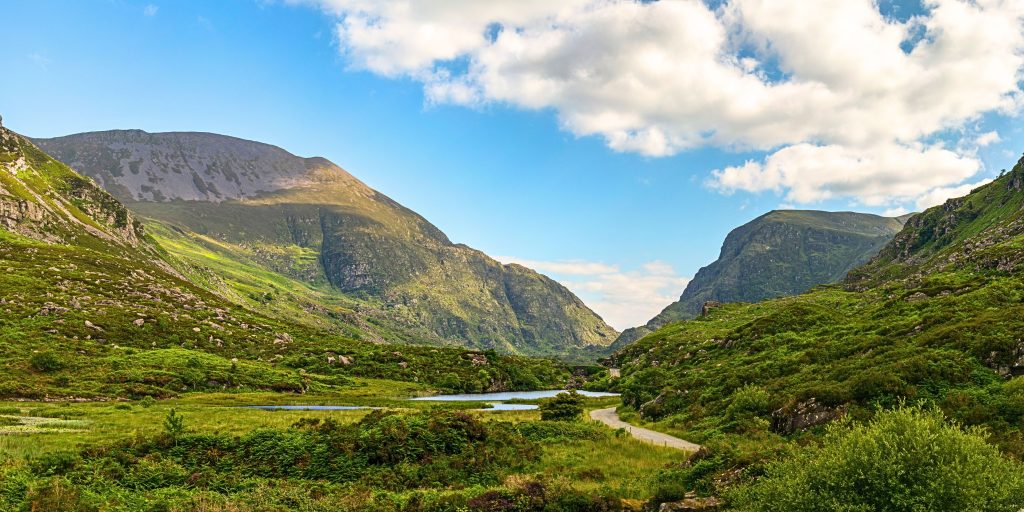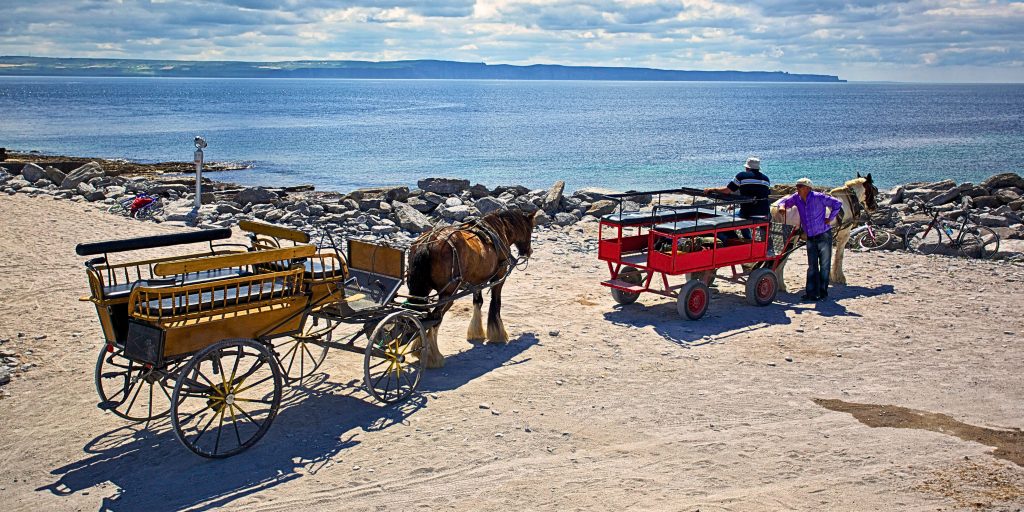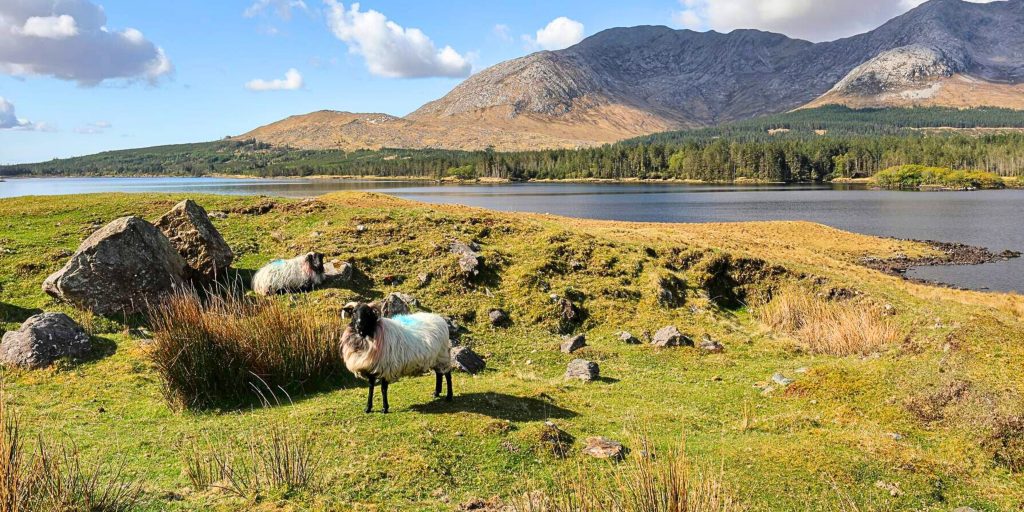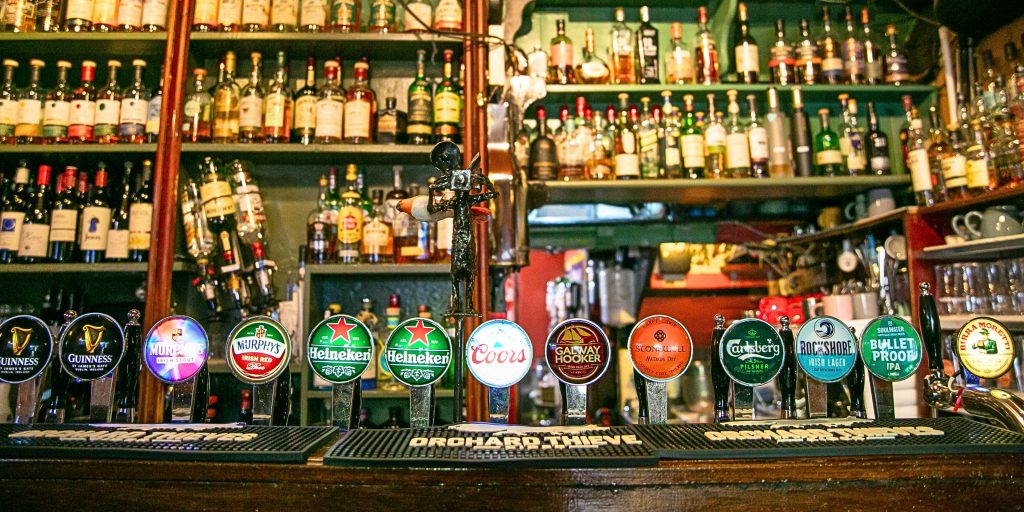Irish folklore was describing ghosts, monsters and banshees long before they featured in blockbuster films. And, we have a fair share of haunted castles in Ireland that inspired these spooky stories of course! Here’s a list of 8 Irish ghosts that you just might bump into on your travels..
Lady Maud Plunkett at Malahide Castle
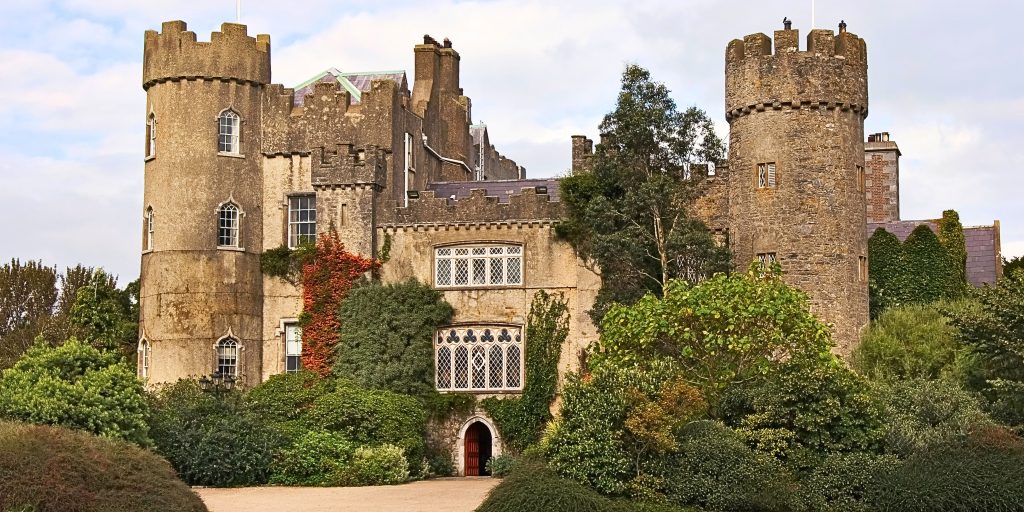
In 1185, Malahide Castle was built just outside Dublin City by King Henry the II for the Talbot family. The castle is said to be haunted by five ghosts, including that of Maud Plunkett and her husband Lord Chief Justice. The castle jester, Puck who is said to have been murdered by a member of the Talbot family, also makes an appearance on occasion!
Little Harriet at Charleville Castle
Charleville is a gothic-style castle found in County Offaly. The castle is believed to be occupied by a little girl named Harriet who tragically died here in 1861. Her eerie childlike laughter and screams have been reported by many different people throughout the years. Others are sure that they have seen the ghost of a golden-haired little girl wearing a blue and white dress.
Lady Margaret Butler at Kilkenny Castle
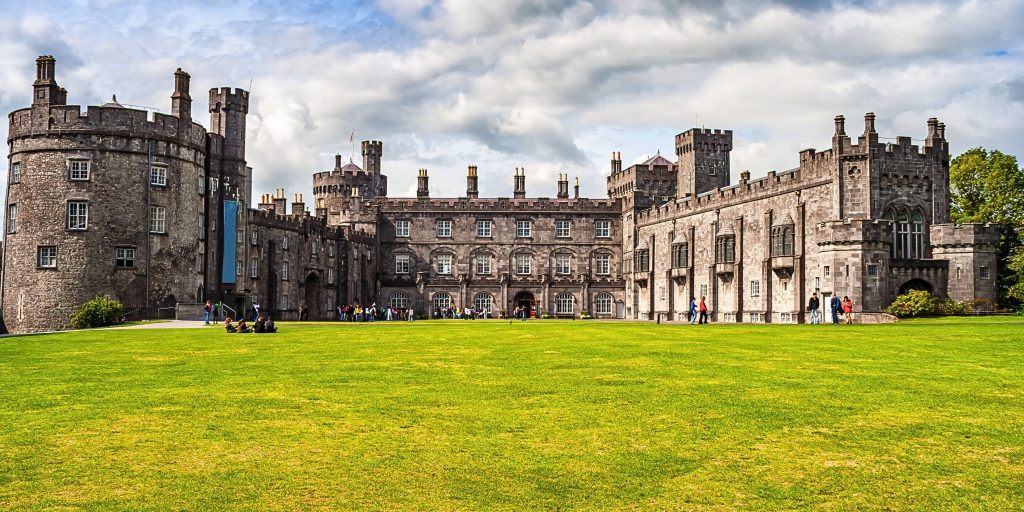
Kilkenny Castle is situated in the heart of the medieval city of Kilkenny and has been owned by the Butler family for hundreds of years. There have been many sightings of a ghostly woman wandering through the castle gardens, which some believe is the spirit of Lady Margaret Butler. She was born in the castle as the grandmother of Anne Boleyn, and is said to have returned to haunt Kilkenny castle after her death. According to Travel and Leisure Magazine, Kilkenny is the most haunted city in Europe!
Anne Tottenham at Loftus Hall
Loftus Hall is located on the Hook Peninsula in County Wexford. This mansion house is said to be haunted by the ghost of Anne Tottenham and is a very popular place to visit during the Halloween season. The story goes that Anne fell ill after an encounter with the Devil, and was confined to her room for the rest of her life. Throughout the years, there have been several reported sightings of her ghost.
In 2012, Loftus Hall opened its doors once again after being closed for 30 years, and it is now regarded as Ireland’s most haunted house. Aidan Quigley, the owner, now gives guided tours that are not for the faint of heart but certainly worth the visit… if you dare.
The White Lady at Charles Fort
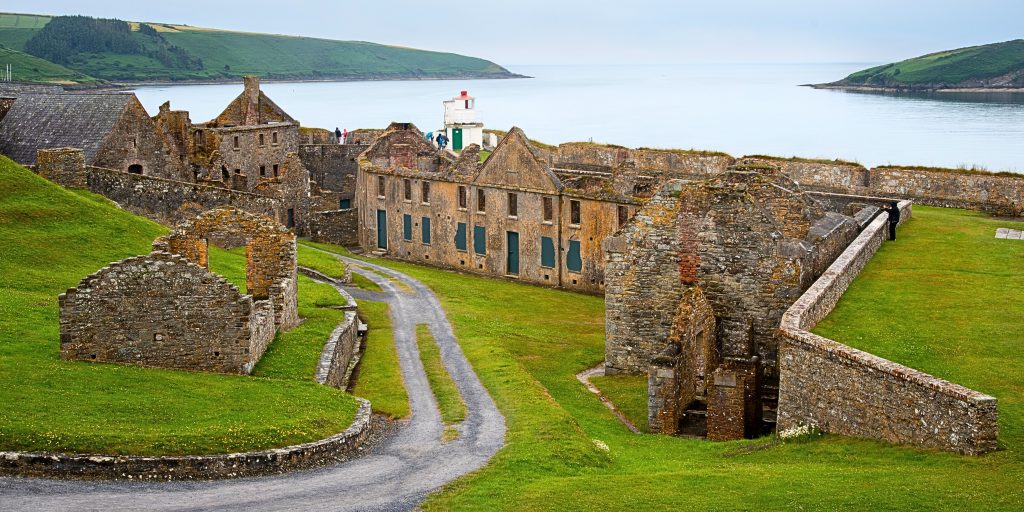
About two miles outside the town of Kinsale lies an old army barracks, Charles Fort, which is famous for hosting the ‘The White Lady of Kinsale’. Legend says that this unfortunate lady married a soldier who died on the day of their wedding. Overcome with grief, she jumped to her death, still wearing her wedding dress. According to locals, her mourning soul has been wandering the grounds, in her long white dress, ever since.
Red Mary at Leamaneh Castle
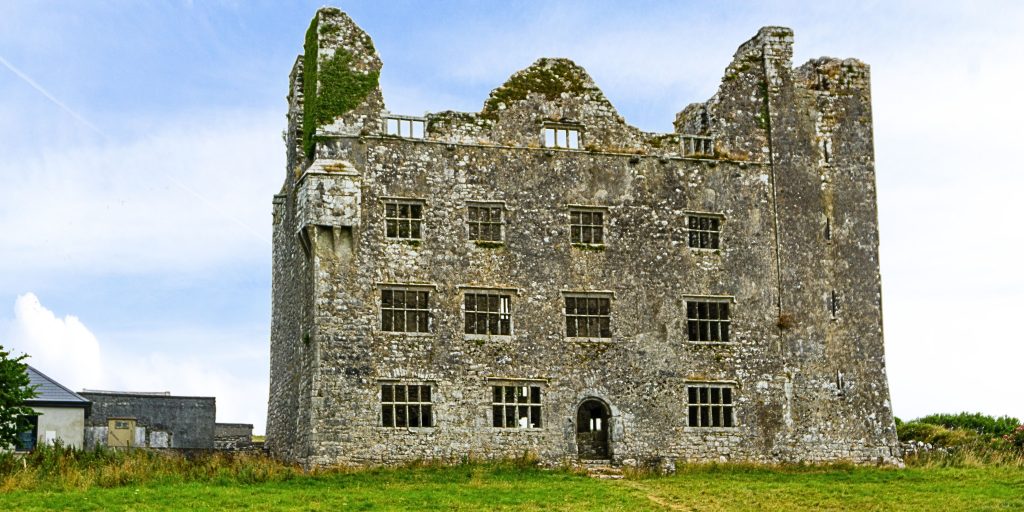
The ruins of Leamaneh Castle are located in Kilnaboy in Country Clare. Here, you must watch out for the ghost of Máire Rúa (Red Mary). According to local legend, Red Mary married 25 men, killing each one after the other. Eventually, after murdering her final husband, she was captured and sealed into a hollow tree. Her red-haired ghost is said to be roaming the grounds of Leamaneh today.

